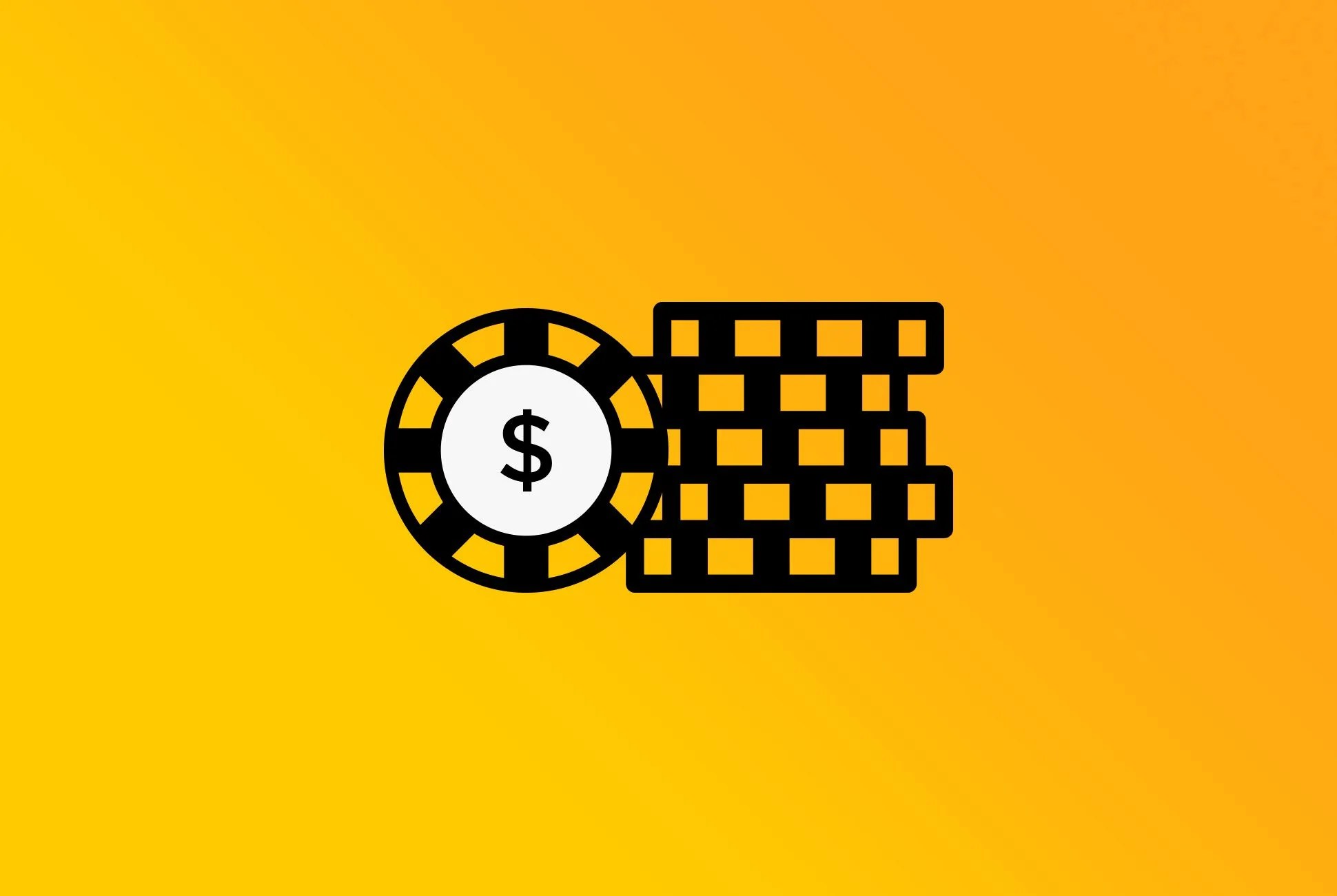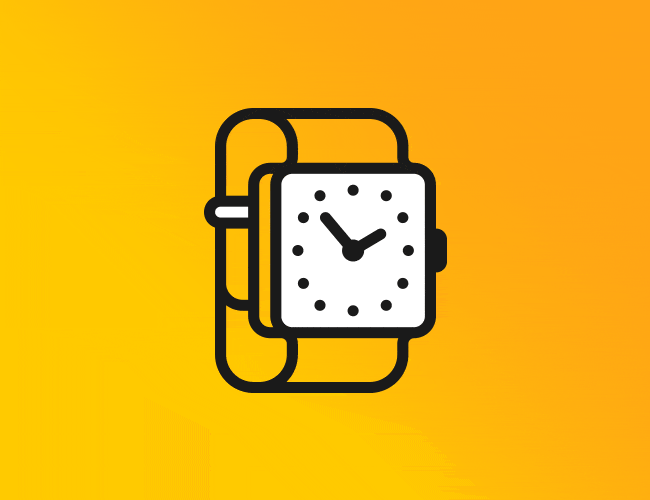
If poker has a sound, it’s the constant clickity-clack of chips being stacked, divided and re-stacked in alternating regularity. “Shuffling,” as this is called in poker circles, “is like twiddling your thumbs in school,” says Doug Polk, a professional high-stakes poker player with nearly $10 million in live tournament winnings; Polk also runs the online tutorial service Upswing Poker. “It’s a way to keep the body busy while the mind is working. It’s also a habit that I, and most other poker players, picked up out of boredom because live poker can be very slow.”
While shuffling might impress, or even intimidate, your friends at a casual home game, the activity is so prevalent in real casinos that it likely yields little psychological edge at the felt. “I don’t think there are any motivational factors to chip shuffling outside of a tool to pass the time,” says Andrew Neeme, a professional mid-stakes player with a popular vlog on YouTube. “However, how another player handles their chips can be a pretty simple clue as to how experienced that player is. If someone is really confident with the tools of a trade, you’d assume they have been using those tools for some time.” Polk, also an avid vlogger, agrees: “When I see someone trying and failing at shuffling chips, I assume that person is a relatively inexperienced player,” he says.
Chip shuffling itself is fairly easy to learn. “It took me about a day,” Polk says. “When I was 18, I went to play at a casino that allowed 18-year-olds and started attempting chip shuffles at the table. I was able to do it consistently by the end of the session.”
That’s not to say all chips are created equal. “Clay chips that are found all over Las Vegas are much easier to shuffle than the plastic chips found in some California card clubs, such as the Commerce, Hollywood Park, and the Bicycle casinos,” Neeme says. “The latter have a unique design that causes them to both stick together sometimes and slide around on you at others.”
Then there’s the table surface to consider. “It’s far easier on felt than a wooden or glass table,” Polk says. “The springiness and lack of friction of the felt makes it a lot easier to get your finger under the chips.”


